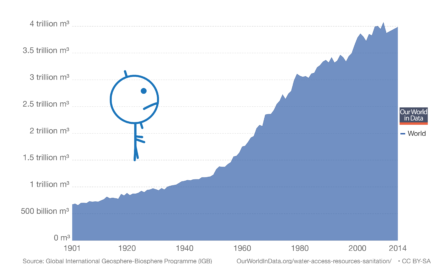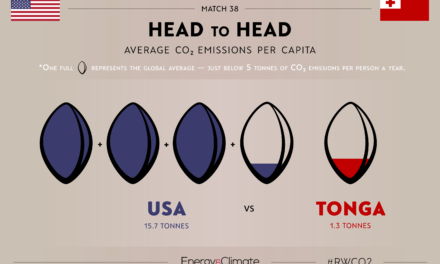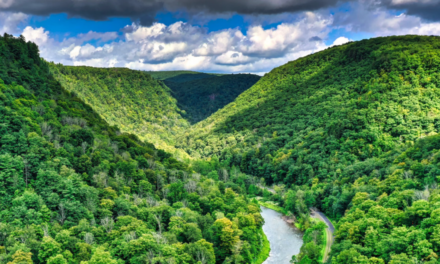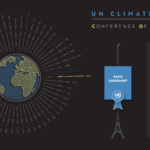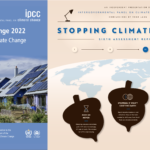My Teeth Are Sore (Ocean Acidification)

Bluey’s been feeling blue. So, on the advice of the doctor, he’s taken it upon himself to visit nine specialists—all experts in their respective ‘planetary-boundaries‘. Bluey wants to find out exactly what’s going on.

For more context generally and a description of why we’re doing this series, check out ‘My Climate Change Metaphors‘.
____
Bluey here,
I’m pleased that’s over, dentist days aren’t my favourite.
My teeth—sometimes called marine calcifiers or coral reefs—have been suspiciously sore for days. At my initial GP consultation, Dr Steffen et al. indicated that the pain could be due to ‘Ocean Acidification’, and referred me to Dentist Albright et al., the supposed expert. Increasingly of late, I’ve been getting concerned about the state of my ‘Great Barrier Teeth’, so was especially curious as to what exactly was going on in there.
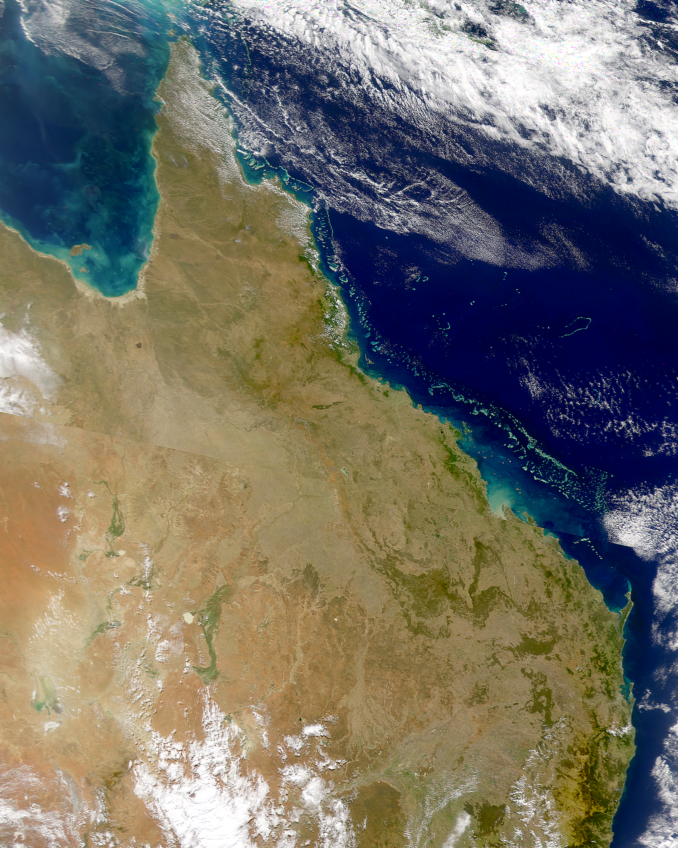
Two-dimensional scan of my Great Barrier Teeth (Source: NASA)
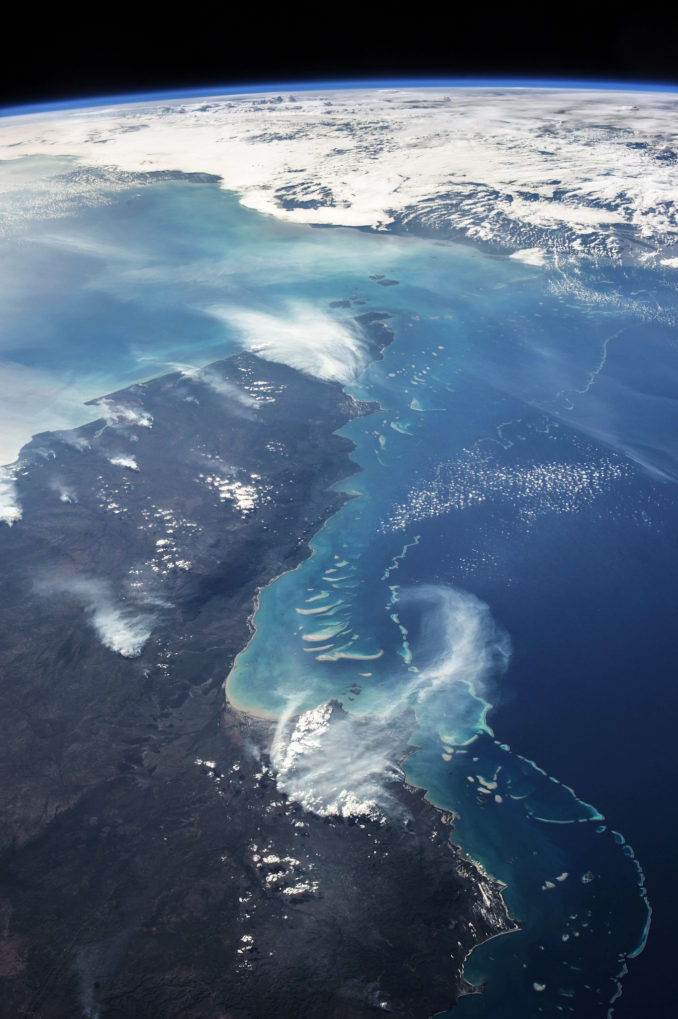
The three-dimensional scan (Source: NASA)
Dentist Albright had inserted her dental explorer and mirror into my mouth before my head had even hit the pillow. As she poked and prodded, she talked to me. I listened. Yes, it was “highly likely” my teeth were suffering from Ocean Acidification, but she’d have to conduct some “advanced seawater chemistry tests”, just to be sure. As it was generally accepted within the medical and dental community that Ocean Acidification was the “evil twin of climate change” and having already been diagnosed with climate change at my last appointment, a diagnosis of Ocean Acidification seemed little more than a formality.
My History of Poor Dental Hygiene
In order to give herself time to process the results and also to allow me to soak up some much needed background on the now confirmed ‘acidification affliction’, Dentist Albright introduced me to her assistant, Nurse Hönisch.
The nurse didn’t waste a beat, promptly pulling out my dental records, which—as you could probably imagine—took some time. Fortunately for everyone, they only went back 300 million years due to a problem with proxy information—in dentist speak, a “lack of ancient pelagic calcifiers”. Instead of diving immediately into my records, Nurse Hönisch first explained a couple of ocean-chemistry facts to better set the scene. She also steered me to an informative—if a little annoying—video, that helped explain important concepts:
1) Acidity
- Atmospheric CO2 is absorbed by my bodily fluid (oceans), including by my saliva (surface-ocean water), which causes chemical reactions that reduce my pH levels
- Increasing acidity occurs when pH decreases.
2) Saturation State of Calcium Carbonate
- Calcium Carbonate (CaCO3) minerals, such as aragonite, are the building blocks for my teeth
- Increasing saliva acidity causes saturation rates in minerals like aragonite (Ωarag) to decrease, making it harder for my teeth to stay strong, therefore resilient to dissolution.
The nurse also dropped in some other facts, including for example that before humans came along, CO2 absorption was buffered on “exceptionally long-time scales” by interplay between seawater, seafloor carbonate sediments, and weathering on land. Not really relevant anymore with humans around, if you ask me. Nurse Hönisch implied that unless some drastic technological fix such as research dentist Dr Taylor et al’s enhanced weathering concept came along and reduced several magnitudes in cost and accelerated several magnitudes in time, by 2100, my teeth could be in some serious trouble.
That Time I Lost a Tooth
My records showed that the last time I’d had my teeth checked was 11,600 years ago—when atmospheric CO2 was at 265 parts per million. More specifically, my ‘planktic foraminiferal’ tooth had reduced in size by 50%, caused in part by a gradual 30% increase in CO2 concentrations over the preceding 6,000 years.
My memory was coming back… I remembered that during my Paleocene-Eocene Thermal Maximum (PETM) 56 million years ago, a large CO2 release caused my ‘benthic foramanifer’ tooth to completely disappear! The records insisted that the exact cause of this event was difficult to detect as “environmental changes covaried” but I’m pretty damn certain it was from Ocean Acidification. The dentistry records also reminded me about the golf ball that hit me in the jaw between 65 and 66 million years ago, causing my ‘planktic calcifier’ and ‘dinosaurs’ to fall out, but somehow leaving my teeth corals intact.
That was about the time Dentist Albright returned to give me my results.
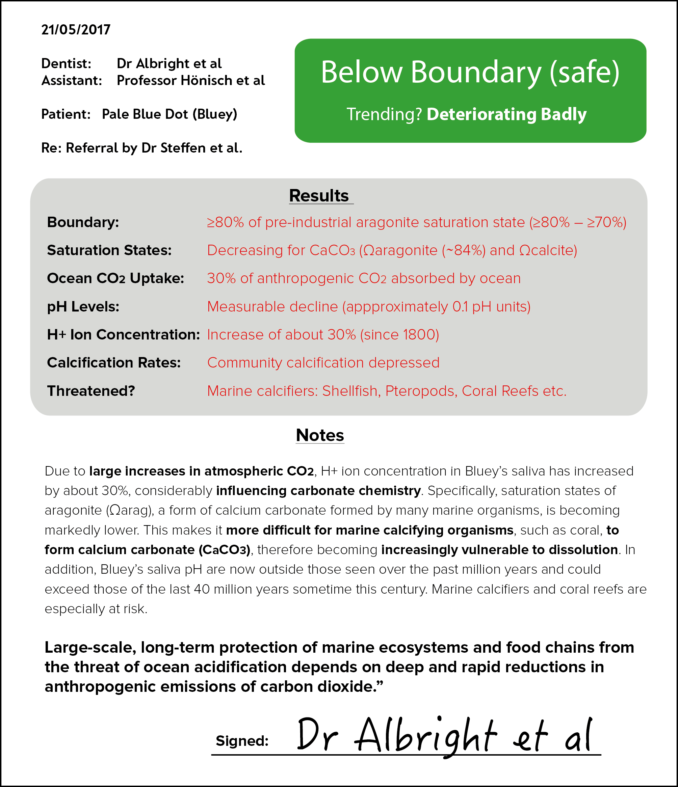
Medical Report 2: Ocean Acidification
I know what you’re thinking. I’m in the green, but can’t be for much longer. I’m particularly worried about my Great Barrier Teeth. So is Dentist Albright who says she has proven that net community calcification is depressed compared with values expected for pre-industrial conditions, indicating Ocean Acidification may already be affecting my Great Barrier Teeth replenishment. A visiting dentist, Dentist De’ath (quite an appropriate name really) agreed, citing increased temperature as another contributing factor alongside decreased saturation rates of aragonite in my saliva. He also mentioned something about coral bleaching. I didn’t know if that was good, like a cleaning product or something but by the tone of his voice it sounded bad. I didn’t ask, as I’d had enough bad news for one day.
Looks like Ocean Acidification really is climate change’s evil twin—maybe even worse. In fact… come to think of it, Ocean Acidification could be much worse. My teeth have always been my greatest source of pride—not least because when I smile, they can be seen all the way from space. What am I going to do when Venus pops round for a visit in the future?
I suppose I better just make the most of the next 50 years.
Yours for a while,
Bluey
